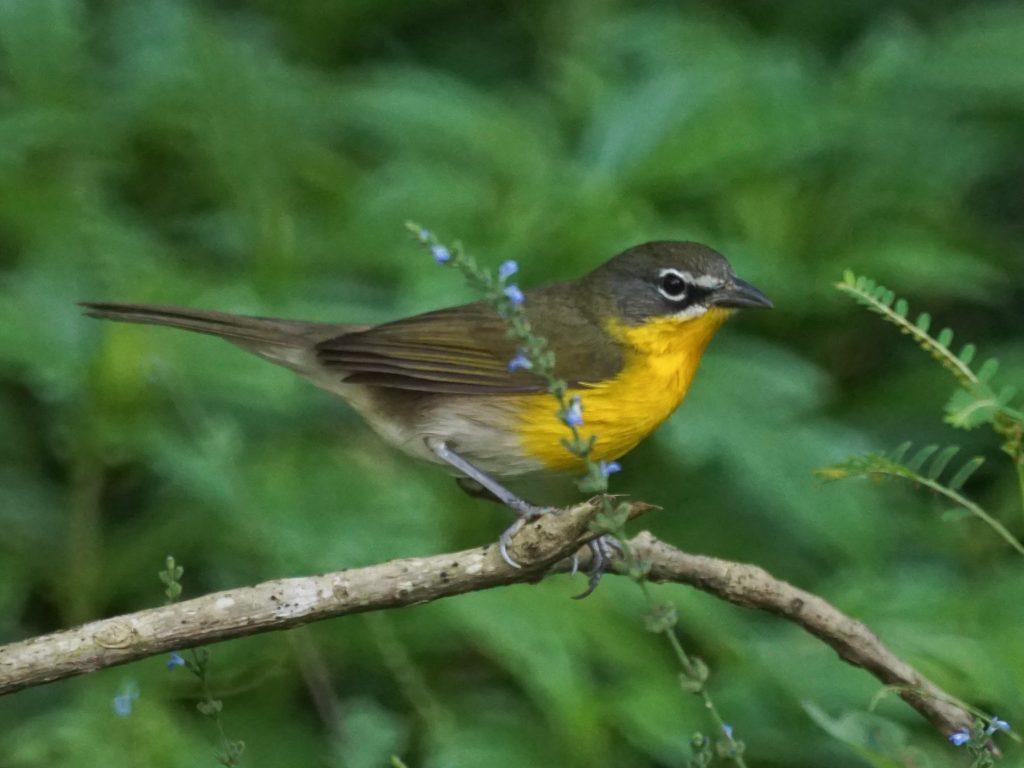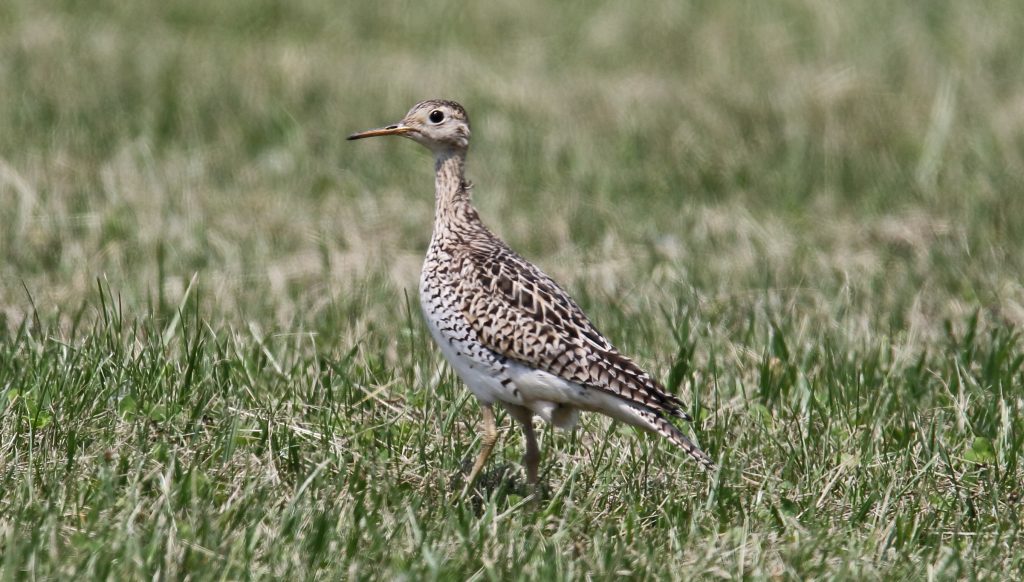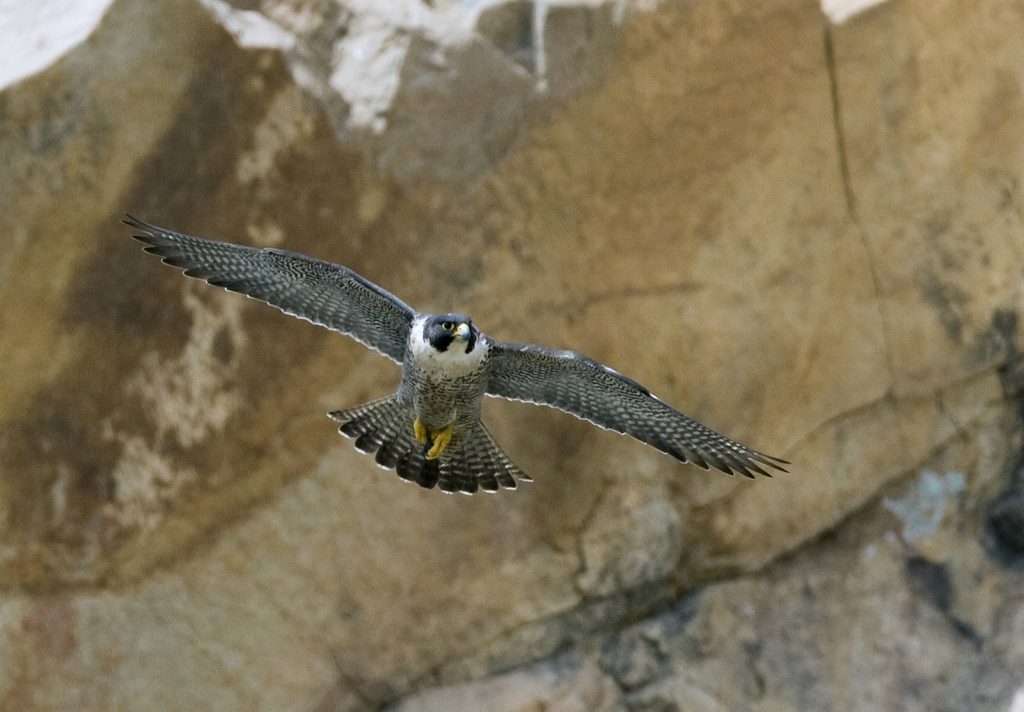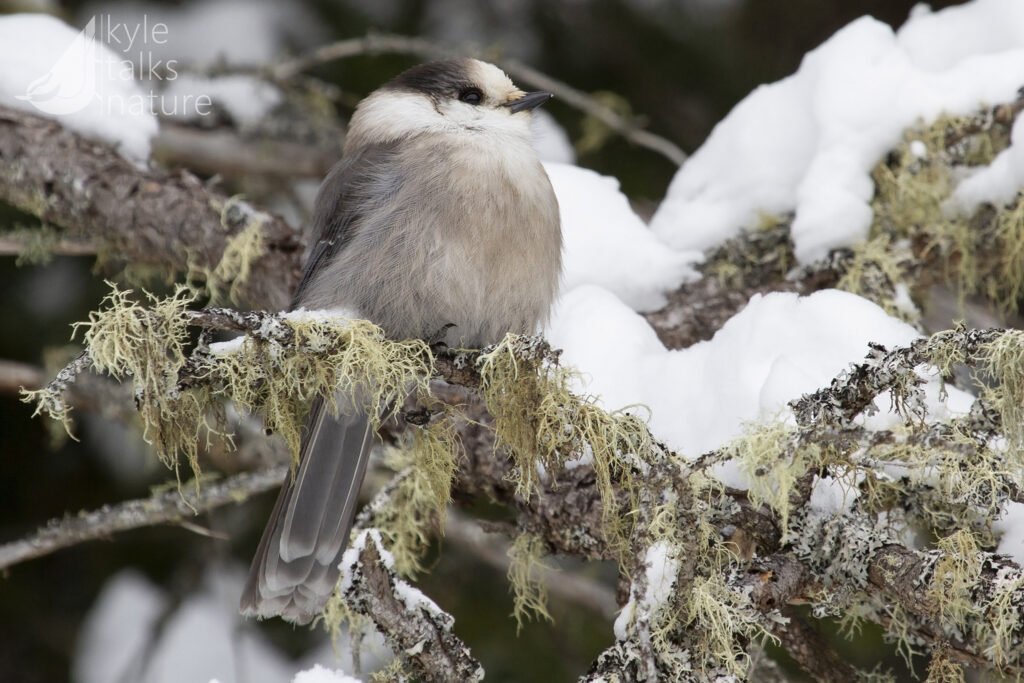As you might surmise, this post follows a Part 1 and a Part 2. It might be worth popping back and giving those a quick skim if you want to place the rest of this nonsense in context.
Way back in Part 2 I discussed some of the proposed bird name changes in Wildlife Observer Network’s post Renaming the Birds of North America, and I wrapped things up with a bit of a cliffhanger. Are you hanging? Are you stressed?
The name-change in question was this one:
Olive Warbler to Ocotero
Now if you don’t know me this cliffhanger probably made no sense to you. Maybe it made no sense even if you do know me. Do I have some special affinity for Olive Warblers? Some moral opposition to this particular change? Is the bird named after my beloved great aunt Olive? Do I hate Spanish?
While all plausible explanations, none of the above are true. This is a perfectly logical swap as the Olive Warbler is not, in fact, a warbler. It’s not olive either. The word Ocotero is actually the bird’s name in Spanish (apparently referring to the pine trees it inhabits) and I like that. Who said official English names have to come from the English language?
No, the reason I zeroed in on this particular name has nothing to do with the bird itself, or even the name itself. It is because I have a little infatuation with something you might call one-word-birds. That is, I absolutely love birds with one-word names.
I won’t bore you with the technicalities of this but suffice it to say that proper one-word-birds are exceedingly rare, and the names along with the birds they adorn tend to be particularly fascinating. To me, that is.
In addition to being rare by nature, one-word-birds are disappearing. Not the birds themselves, I mean, but the names. As our understanding of taxonomy improves these birds get renamed to fit in with their families, and the uniqueness of their monikers is lost to history. This is why I jumped for joy (figuratively) when I read the very last entry in WON’s list of suggestions – the Ocotero.
Whether this was intentional or a happy accident, this particular bird is especially deserving of a special, one-word name. It is the only bird in its entire family, and its relationships to other birds are not well understood. It is an outlier, so why should it share a name or suffix with any other species?
You’d better believe it didn’t take more than a moment considering the Ocotero for me to realize that an overhaul of North American bird names is a perfect opportunity to identify other potential qualifiers for mononymic glory. It is with no further prattling preamble, then, that I humbly present to you my suggestions for five new North American one-word-birds.
Yellow-breasted Chat
If there’s one North American bird (besides Olive Warbler) that is practically begging for a one-word name, it is certainly Yellow-breasted Chat. Like the Olive Warbler it has recently been placed in its very own family with no close relatives, and its taxonomic relationships are not really known. It doesn’t look like any other North American bird, nor does it act like one. It is a loner.
The Yellow-breasted Chat occurs broadly across North America, and wherever it lives it absolutely loves the densest, thorniest, gnarliest vegetation it can find. Yellow-breasted Chats are classically impossible to see, because they’re invariably at the centre of some impenetrable bramble. It is with this notorious behaviour in mind that I propose Thicketchat as its one-word name.

Now some may take issue with my continued use of the word ‘chat’, which is already used for other birds to which the Thicketchat is not related. But it seems to me that at least three separate, unrelated groups of birds are called ‘chats’, and it is therefore less a taxonomic division than a reference to the birds’ vocal quality. This is a reference that certainly applies to the Thicketchat, whose song and calls could both best be described as ‘chattering’.
American Robin
I must admit that American Robin was not the first bird I thought of when I considered this list, but the more I did think about it the more I realized how perfect it is. The American Robin is ubiquitous and familiar across North America, is distinct and distinguishable, and is well-known to both birders and complete non-birders as simply ‘robin’.
Sadly though, the bird’s one-word name cannot simply be ‘robin’, for the plain reason that it isn’t one. The American Robin – a thrush – was named for its (loose) resemblance to the European Robin – a flycatcher. The two are not related, and the European Robin was a robin first. The American Robin belongs to a genus of thrushes called Turdus (don’t laugh) and incidentally while there are 84 Turdus (haha) species worldwide it is the only one that occurs in most of North America.

WON suggests the name Robin Thrush which both confirms the bird’s identity as a thrush and alludes to its resemblance to its European counterpart. The retention of ‘robin’ would also be palatable to people across North America who already know the bird by this name. It’s good, but if I could just make one small adjustment…let me just try something…yes, I can confirm that Robinthrush is much better.
The singular name Robinthrush reinforces this bird’s unique standing in North America…its singular nature. Plus there’s precedent for this type of name in the existing one-word-birds Wrentit and Wrenthrush so I think we’re in good shape here.
Upland Sandpiper
Ever seen an Upland Sandpiper? They. Are. Weird.
You take a sandpiper, see? Then you inflate its body, stretch out its neck and shrink its head. Be sure to shrink its head enough that its beady eyes kinda bulge out to the sides. Make its beak just long enough to give it a silly proportion, and unbalance that with a nice, long tail. Then pick it up and move it as far from the beach as you can. Oh, and make sure it sounds freaking ridiculous.

The Upland Sandpiper is a member of the sandpiper family that lives in fields instead of near water, and as such its name is accurate. But it is also a strange, wonderful, quirky, unique bird that deserves a label as unusual as itself.
In my research I was surprised to find a lack of colloquial names for this species, especially given its affinity for farmland and its rather conspicuous behaviours. I would’ve thought that some farmer long ago would’ve called it something based on the weird sounds it made as they worked in the fields. Since they didn’t, the responsibility of finding a folksy name falls to us.
It is with this responsibility heavy on my shoulders that I propose the name Fieldpiper. I was dead-set on finding something more whimsical, perhaps related to the bird’s song (which sounds a bit like a UFO powering up in some bad 80s sci-fi movie), but while I struggled to settle on anything in that ballpark, Fieldpiper kept creeping into the back of my mind.
The prefix ‘field’ accurately describes the bird’s habitat affiliation, while the suffix ‘piper’ simultaneously alludes to its familial relationship and its vocal habits. Its a win all-around, if I do say so myself, and a truly unique name for a truly unique bird.
Peregrine Falcon
Now personally I don’t think the Peregrine Falcon requires a great deal of justification for inclusion on this list. It is unquestionably the fastest animal in the world, with diving speeds approaching a staggering 400kph. It is one of the best-known and most-recognized hunting birds on the planet, and it lives on every content except the coldest one. It has charisma for days. It is a bird so singular and peerless that it needs no qualifiers.
The falcon family is no stranger to one-word names, with Gyrfalcon and Merlin already on the list. To be honest, the name Peregrine Falcon has always vexed me a little. Peregrine means wanderer, and it seems to me that this bird doesn’t wander more than any other migrant. Perhaps it’s an allusion to its cosmopolitan distribution, but that’s pretty weak sauce if you ask me. Naming this bird after anything but its speed and power is just burying the lede.

The Gyrfalcon likely gets its name from the Latin word gyrus meaning ‘circle’, in reference to the circling path the bird takes through the sky in search of prey. The Peregrine Falcon’s path through the sky is somewhat different, and it’s 2020 so Latin just won’t do. Accordingly I propose Hammerfalcon. Admittedly the name is a bit unusual, but it immediately calls to mind the bird’s violent, vertical hunting technique. Ten-year-olds will love it. And in case you think the inclusion of the word ‘hammer’ is a bit left-field, we have Yellowhammer and Hamerkop (the spelling ‘hamer’ is from Afrikaans) setting us a handy precedent.
Canada Jay
As any bird-name enthusiast will surely be aware, the Canada Jay has a bit of a history with name changes. Before it was Canada Jay it was Gray Jay, and before that it was Canada Jay again, and before that it was Whiskeyjack (or Whisky Jack, or some other variation thereof). The return to Canada Jay is actually quite recent, and was a switch I was much in favour of. There’s even a movement afoot here to make the Canada Jay our national bird, and I think it’s well deserving.
That’s why I hesitate a little to include this bird on this list. But as much as I like the name Canada Jay, I think this charismatic bird may represent a unique opportunity. First because it is familiar and beloved by people wherever it lives. Second because it is unique and distinct, as a one-word-bird should be. And third because of the name Whiskeyjack.

Whiskeyjack certainly seems like a name that may have been given to the bird by European colonists, and it sort of is, but not in the way you might think. Whiskeyjack is apparently an anglicization of the Cree name Wisakedjak, and in many North American Indigenous cultures the bird is an important figure. It’s here that I think the heart of this opportunity exists.
If English names can be Spanish (like Ocotero), surely they can also be Cree or any other language. If – in consultation with Indigenous Peoples – the name of this bird could be reverted to a pre-colonization moniker, it could provide a valuable springboard for non-Indigenous North Americans to learn about Indigenous history and culture. If it becomes our national bird, even better. In some small way, it could be a counterpoint to the effects of colonization on North American bird names.
When I ramble on about one-word bird names people think it’s trivial, and to be fair it usually is. But I really do believe that the names we give birds can have genuine importance, beyond simply distinguishing one species from another. They can get us excited about a bird, encourage investment in conservation, teach us lessons about the past (and present) and have broad, cultural impacts. A good name can truly be everything.
The names above are just my thoughts of course. Got a better idea? Thinking of a different potential one-word-bird? Drop me a comment, I’d love to hear it!
That brings me to the end of my first ever trilogy. Get ready for some disappointing prequels, I guess?
Images:
Yellow-breasted Chat: By Mike’s Birds from Riverside, CA, US – Yellow-breasted chat, CC BY-SA 2.0, https://commons.wikimedia.org/w/index.php?curid=81471552
Upland Sandpiper: By Dominic Sherony – Upland Sandpiper (Bartramia longicauda), CC BY-SA 2.0, https://commons.wikimedia.org/w/index.php?curid=74776627
Peregrine Falcon: By Peregrine_Falcon_in_flight.jpg: Kevin Cole from Pacific Coast, USAderivative work: MPF – This file was derived from: Peregrine Falcon in flight.jpg:, CC BY 2.0, https://commons.wikimedia.org/w/index.php?curid=20069245

